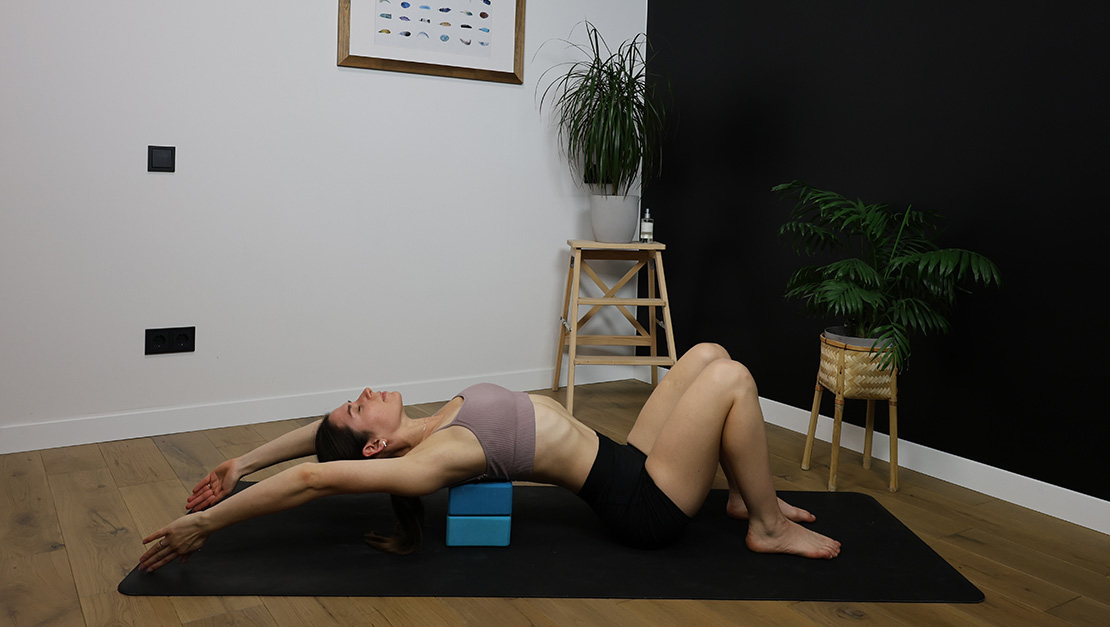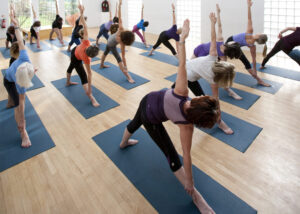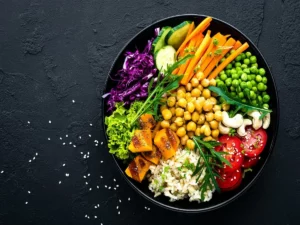Yoga has come a long way since it began to spread across western culture. What started out as a practice with a towel or carpet, has evolved into a whole world of props (Yoga blocks, straps etc.), clothing and culture. It is true that you need only little to have a good yoga session; however, human beings relish the idea of pushing the boundaries.
Props have helped both beginners and experts explore poses that would be too difficult without any help. One of the most popular props to use in class is the yoga block. Made from foam, bamboo, wood or cork, the block is often used as an extension of the arms, but can also support the back, head and hips to help the body settle into a pose.
Before Blocks
Yoga blocks were not always around but during the 20th century, after 5000 years of yoga in India, Yogi B.K.S. Iyengar first introduced the use of props to yoga.
According to B.K.S. Iyengar yoga props include:
An Iyengar practice emphasises attention to detail and precise body alignment, aided by the use of props. Yoga blocks enable students to perform the asanas correctly by bringing the floor closer to you, minimising the risk of injury or strain, and making the postures accessible to both young and old. Now you just need to find the best yoga block for you.
What are yoga blocks used for?
There can never be enough ways to relieve the tension in our back, chest, and shoulders. Bad posture and rounding forward in our shoulders for work and daily life has become the norm. Our chest and shoulder muscles have shortened and tightened while our spines have become misaligned. Yoga blocks allow you to get deeper into the stretch than you would on your own. They also offer excellent support for the body so that stretches and poses can be held for longer periods. Whether you are suffering from back pain, bad posture, or just want to become more flexible, yoga blocks are perfect for you.
Types Of Yoga Blocks
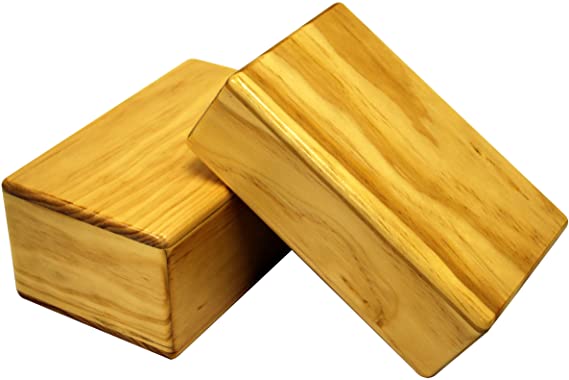
Wooden Yoga Blocks
In the ’70s and until quite recently, blocks were almost always made of wood. The Yoga Journal reports that people would make their own blocks, often leaving sharp edges, and the size was never uniform. They weren’t easy to transport either. Modern foam, and more recently cork, blocks are very popular when it comes to practicality: storage and transport, but many yogis still prefer wood for stability and for being eco-friendly.
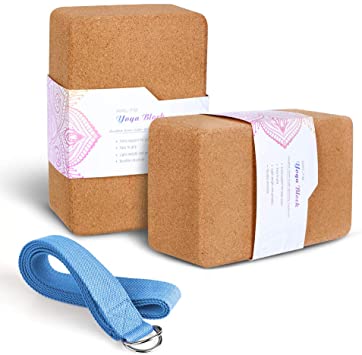
Cork Yoga Blocks
Cork yoga blocks are a perfect choice if a wood block doesn’t kick it. They are firm, sturdy, grounding, eco-friendly and provide great support on your weight. They are also anti-microbial meaning that if you sweat, you won’t slip. They are great to use during Vinyasa, Iyengar, Hot Yoga, Intermediate and advanced Yoga classes. These classes generally require more firm blocks for a more supported pose experience which cork blocks provide perfectly.
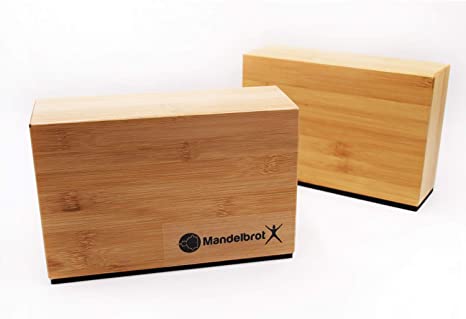
Bamboo Yoga Blocks
Bamboo Yoga blocks are always a nice addition if you prefer a material similar to wood. They are just as stable and functional as wood, but extremely lightweight and much more eco-friendly. Although they are sturdy, hard and look great – bamboo blocks are not absorbent and can become slippery in a hot environment. Bamboo blocks are perfect for general poses; in contrast, foam and cork blocks are better for restorative yoga.
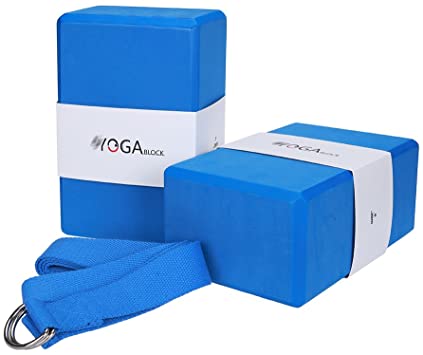
Foam Yoga Blocks
Foam blocks are the softest, lightest and cheapest of the three types. They have a lot of give, which may be a good thing or a bad one depending on the purpose you want them for. If you are placing them on your back to lay your spine onto them, they are great, but if you are placing them under your hands while your body weight lies on them, they may harm your wrists.
